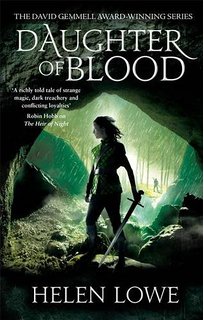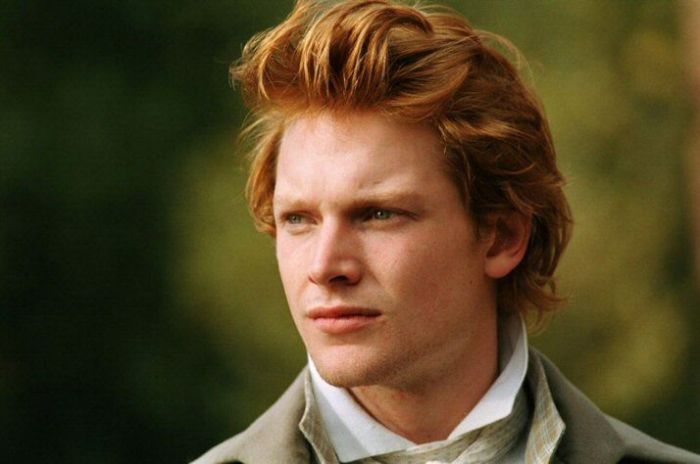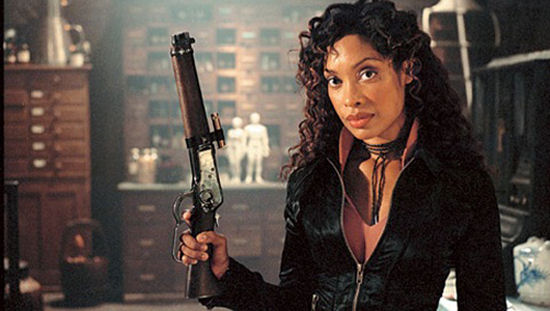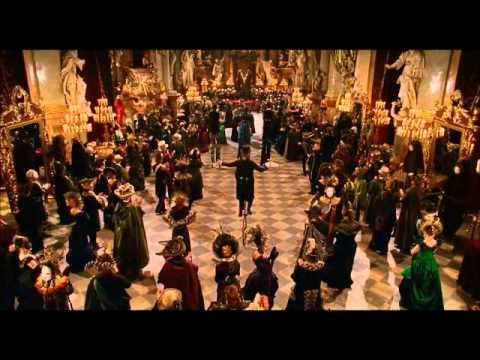<Standard, but genuine, apology for how long it has been since I posted here>

I was one of those people who generally ignored the massive buzz around The Queen of the Tearling when it first came out. People were raving about it and the usual “the next blah blak” comparisons were all over the place. Emma Watson gave it some serious exposure and in general it just felt like a whole over the top hullabaloo. So it was some time after it was published that I got around to reading it. And I was so pleasantly surprised! I mean it definitely wasn’t the next best thing since sliced bread but it was energetic, compelling and interesting. I really enjoyed my first read, and then enjoyed my second read even more and by the third read I had decided that this was a book I could place fairly high in my ratings. The characters were interesting and fleshed-out and I cared about them. The world was a little bare-bones but with suggestions of more to come. So I went into the second book with enthusiasm. And I did enjoy it. There were some seriously confusing parts and at times I wasn’t sure if I was actually reading two separate plots but in the end I had managed to merge them in my mind. And I still loved the characters, old and new, and appreciated their growth and changes. And so I looked forward to the final instalment, excited to see how these people I had come to care for would fare.
Warning: There are serious spoilers in what follows and don’t read unless you’ve already read the trilogy.
I genuinely cannot recall the last time I felt so betrayed and let down by the final book in a series. Seriously, it feels like the author has jumped up and down on all the work that went on before and then set it on fire. I’m not complaining because there wasn’t a happy ending, I’m not complaining because what I wanted to happen didn’t happen. I’m complaining because I feel a serious injustice was done to these characters, characters I was led to care about in the previous two books.
The book starts out after Kelsea has handed herself over to the Red Queen and focuses on the Mace’s plan to get her back, her own interactions with the Red Queen and the machinations of the dark thing that Kelsea has just freed. At least one half of the book focuses on that. The other half deals with Kelsea’s flashbacks to the time just after the Crossing and William Tearling’s attempts to built his utopian society. And dear god was that half frustrating and boring. Seriously there was no point to it, all the information needed could have been gathered in one conversation with the Fetch and we wouldn’t have been subjected to a whole load of information that we never need again. The flashbacks in the second book worked much better and, after my initial hesitation, they genuinely felt like they were pushing the plot forward. The other side of the book has its own problems too with the random insertion of what appears to be vampire children (Twilight anyone?), the beyond pointless revelation about Queen Elyssa and some badly thought-out plot twists. For example Kelsea’s father is revealed and, while I actually appreciated who it turns out to be, it doesn’t fit with other points made about Kelsea’s bloodline. Or least it was neglected in such a way that the connection isn’t clear at all.
But all those other complaints fade away when faced with the conclusion to the series. At the end with the Tearling threatened on various sides and after a mad-dash race to make it back to the Keep in an attempt to save it there is one of the biggest cop-outs I’ve ever read. Kelsea reunites her sapphires with the Tearling Crown which magnifies their power and gives her the opportunity to go back in time and make a change, thus changing her present. AND SHE BLOODY DOES. Instead of deciding to try and save her kingdom, instead of trying to change it and improve it with education and judicial reforms she just takes the easy path out. And in this changed present, which is admittedly a much more adjusted society, Kelsea is the only person who remembers the past. Pen, the Mace, her mother, Carlin, they all exist but none of them know her as Queen Kelsea. Pen walks past her in the street to go home to his wife and children. NO-ONE REMEMBERS. And you hear nothing about the vast majority of these characters that you have cared about for three goddamn books. It’s like they didn’t matter, they were just ornaments to the plot. I was genuinely quivering with rage when I finished this book and I’m still angry. It just strikes me as such a lazy solution, like BAM: time-travel, change the past, everything is solved. I wanted to see Kelsea try and rebuilt her kingdom, I wanted to see the Queen’s guard and household develop, I wanted to see something that made it actually felt like the past two books had a purpose.






